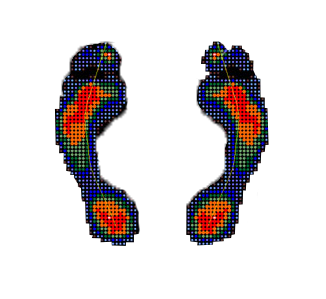The diabetic and ‘increased risk foot’
Diabetes and other chronic conditions such as arthritis, stroke, and vascular impairment can lead to serious foot problems.
Warning signs may be seen in the feet; redness, numbness, swelling or non-healing wounds are important indicators of serious disease and need to be treated promptly to prevent major long term problems.
Resonance podiatrists have a set of unique skills, aimed at monitoring the nervous and vascular supply of the lower limb. They are trained to help prevent and treat serious foot conditions such as ulcerations and systemic infections.
Regular podiatry treatments and annual foot screening appointments are essential in preventing and treating serious foot problems. Early intervention, and treatment have been medically proven to decrease the risk of amputation, and the mortality rate.
How diabetes affects the feet
Diabetes affects the feet in two ways, by damaging both the systemic nervous system and vascular supply of the lower limb. Both of these problems are closely associated with prolonged periods of high blood glucose levels.
Read more about diabetes and the increased risk foot on our blog here.
If you would like more information on Diabetes: Risk factors and Symptoms please visit Diabetes New Zealand

You must be logged in to post a comment.